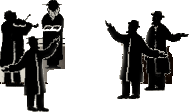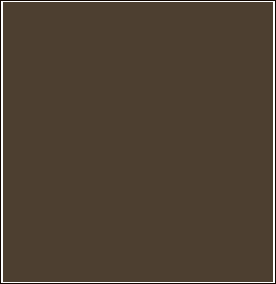In Seventies and Eighties, the population and the territory of Leningrad increased. The city expanded into the suburbs. Kupchino was built up in the South; Ligovo and Sosnovaya Poliana were in the SouthWest; Grazhdanka, Shuvalovo-Ozerki, and Rzhevka-Porokhoviye districts were in the North; Commandant Aerodrome District was in the NorthWest; the Harbor District was in the West. The ensemble of the city's sea facade was created. By the nineties, almost 70% inhabitants lived in houses built during last 20 years. These were mainly buildings constructed to standard specifications. Unlike previous decades, the districts were developed in comprehensive fashion; i.e. apartment houses were accompanied by shops, clinics, and kindergartens. Because of new metro lines, the new districts had better access to the center. However those who left old districts could not get accustomed to the featureless typical buildings of their new environment.
Despite mass housing in new districts, the queue of people who needed apartments did not become any shorter. From 1970 to 1989, the population of the city (including suburbs) increased from about 4 million to more than 5 million. However, because of birthrate decreases, population growth mainly depended on migrants - limiters and vocational school students. The percentage of Leningrad natives decreased, so the cultural traditions of the city were gradually lost. It accorded with the authorities' policy; they wanted to transform Leningrad into a provincial center oriented mainly for the defense industry. However, Leningrad was still an extremely large scientific, cultural, and tourist center of the country; because of that it has high prestige in the opinion of most citizens of the USSR.
In Seventies and Eighties, Leningrad was a center of Russian unofficial culture. Samizdat journals were published there; painters worked there who were unpopular with the authorities but famous abroad. Local authorities repressed any dissent in the art; they forced some (such as S. Dovlatov) to emigrate; others (such as Ye. Rukhin) died under mysterious circumstances. Meanwhile, the authorities tried to tame the Leningrad underground somehow. In autumn, 1975, an exposition at the Nevsky House of Culture was opened for 10 days; it displayed paintings by many unofficial painters. Some group of poets was allowed to unite into Club-81. In 1985, there was even published their almanac Krug (The Circle); the works by some poets and prose writers known by samizdat or foreign issues were published there for the first time in the USSR. Unofficial art played an important role in the Northern Capital's cultural image.
Leningrad art approved by the authorities officially also had high prestige in the USSR and abroad. Music festivals, the performances of Leningrad theatres, the expositions in Hermitage and Russian Museum still attracted many visitors to the city. In spite of all the losses caused by forced emigration and by the move of many leading scientists to Moscow, the education in Leningrad academies was still excellent. Thousands of students and postgraduates came to Leningrad. In the eighties, Leningrad became also a big international exposition center. The LenExpo pavilions in the Harbor were built.
As a port city near the border and as a place foreign tourists visited often, Leningrad was a wide gate for Western culture to enter Russia; and not only high culture but such features of Western civilization as fashionable clothes, foreign electronics, and other products. So, the records of popular Western rock-groups spread there, art albums and even books forbidden to import penetrated into the country. Many people used the services of illegal dealers.
Illegal exchange of souvenirs for consumer goods with foreigners and selling those goods (the practice was called fartsovka in those years) made some rich; it made so, as well, some militia (police) officers who cooperated with the underground businessmen. As concerned the illegal currency exchange of huge sums, there were causes celebres. But all in all, in the stagnation years, the black market flourished in Leningrad, as well as local authorities' corruption.
With the beginning of Perestroyka, the first informal organizations appeared. The protest against the reconstruction of Angleterre hotel was a distinguished social event. Informal activists struggled to save cultural values and against pollution. However, the Black Hundred reapperaed as well. In 1988, in Rumiantsevskiy Garden, weekly mass-meetings of "Pamyat" took place. Openly anti-semitic propaganda and the connivance of the authorities evoked protests of democratic part of the society and the first anti-fascist groups began forming. At the same time, reform supporters united into the "Perestroyka" Club, which produced many politicians who later became prominent. Leningrad became one of the main centers of the Russian democratic movement.












![]()
![]()
![]()
![]()
![]()
![]()









